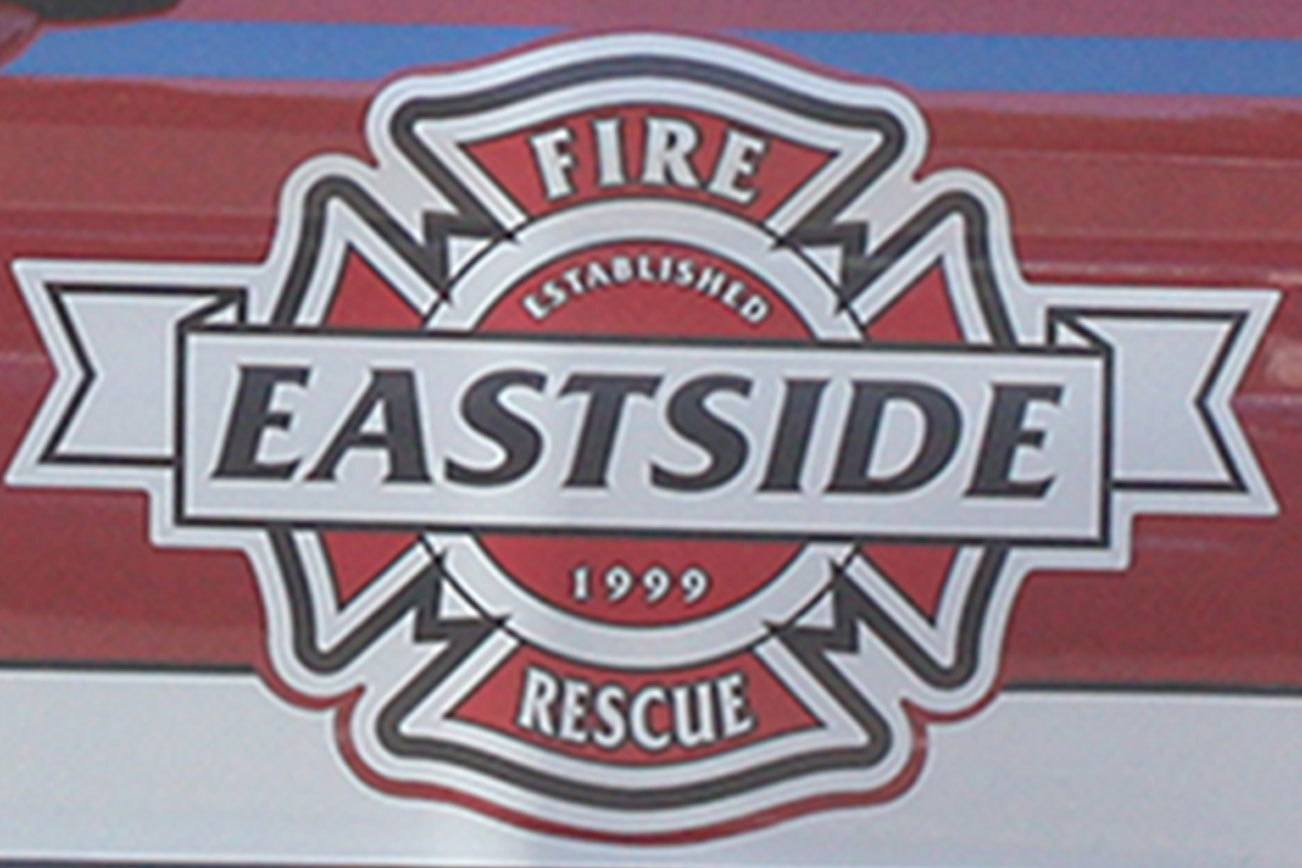Eastside Fire and Rescue firefighters have been anxious to hear public comment on the upcoming merger found on the ballots of voters in Fire Districts 10 and 38 Nov. 8.
And with public meetings held to answer questions about the merger at Station 79 in Maple Hills, Station 76 in Mirrormont, Station 78 on May Valley Road and Station 87 in North Bend in recent weeks, citizens of Fire Districts 10 and 38 have been able to voice their concerns to fire commissioners about the potential fire merger.
About 20 citizens attended the meeting at Station 79, while 15 attended the Station 76 meeting. There were no members of the public in attendance at the meetings at Stations 78 and 87.
The merger would see Fire District 10 and Fire District 38 combined into one Regional Fire Authority. There are similar regional fire authorities throughout Washington, such as the Renton Fire Authority, the Kent Fire Department Fire Authority and the South Whatcom Fire Authority.
Fire commissioners say that the majority of citizens’ questions center around the fire benefit charge, a form of taxation that is in place in District 10 but would be new to District 38. Rather than being based on fluctuating property values like a fire levy, a fire benefit charge is based on the size and fire risk of a building; the more it would cost to save a building if it were on fire, the higher a fire benefit charge the building owner will pay.
“The majority of questions is, ‘Could you explain the fire benefit charge and fire levy in more detail?’” Eastside Fire and Rescue Chief Jeff Clark said at the Oct. 19 public meeting at Station 78.
District 10 Commissioner Mike Mitchell, who is also the chair of the Fire Authority Planning Committee, said in a phone interview that he has received two calls from taxpayers so far, one of whom specifically asked about the fire benefit charge.
“The first [call] was more general in nature — what was behind the fire merger proposal, why are we looking at it,” he said. “I explained that the district is shrinking. If we join together, we will be stronger. The other was, ‘Why will District 10’s tax rate decrease while 38’s will increase?’ I talked about the equalization of taxation across the combined area.”
The fire benefit charge means a tax decrease of about 23 cents per $1,000 of assessed value for the 19,000 District 10 residents, while the 9,745 District 38 residents would see a tax increase of roughly 20 cents per $1,000 of value.
If Districts 10 and 38 merge into one, then the fire benefit charge will replace some of District 38’s current levy funds. Like the current District 10, District 38’s levy cost would go down to $1 per $1,000 of value. The rest would be filled in by the fire benefit charge.
Everyone in the Regional Fire Authority would pay the $1 per $1,000 levy, with an average of a 49 cents per $1,000 of assessed value fire benefit charge.
“Last year, people thought it was a new tax,” Clark said. He believes that it was due to this common misconception that the Regional Fire Authority narrowly missed being voted into place in the April 2016 special election.
The commissioners said that the public hearings have been a great way to clear up confusion about the fire benefit charge.
“We know some folks thought this would be an additional tax,” Mitchell said. “We educated them [at the public hearings].”
Mitchell said that people sometimes have trouble understanding the difference between the Regional Fire Authority, which would combine Districts 10 and 38 into one, and Eastside Fire and Rescue, which is the partnership of Districts 10 and 38, Issaquah, Sammamish and North Bend.
“We talk through their concerns and come out of it with positive [feelings],” Mitchell said.
‘There’s been lots of discussion,” Eastside Fire and Rescue Board Director and District 10 Commissioner Larry Rude said at the Station 78 meeting. “It’s been very positive.”
They believe that this clarification will be enough to push the vote from the 56.8 percent approval in April to the needed 60 percent majority on Nov. 8.


